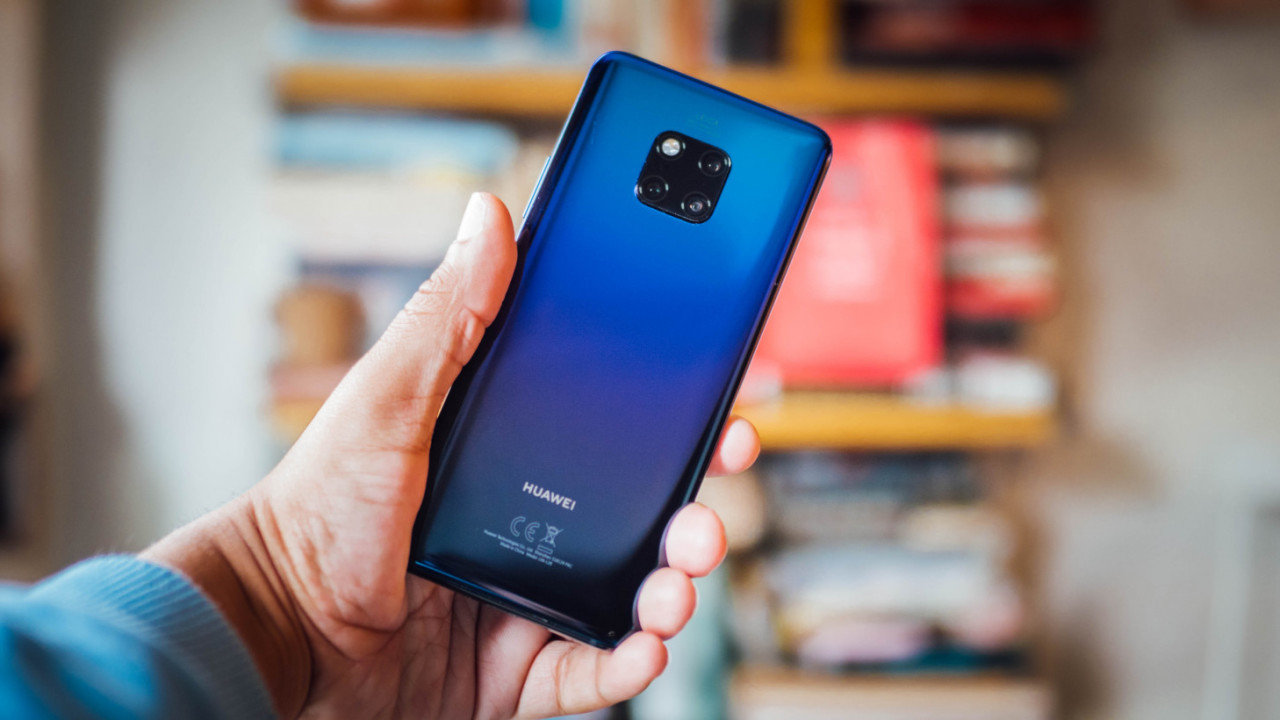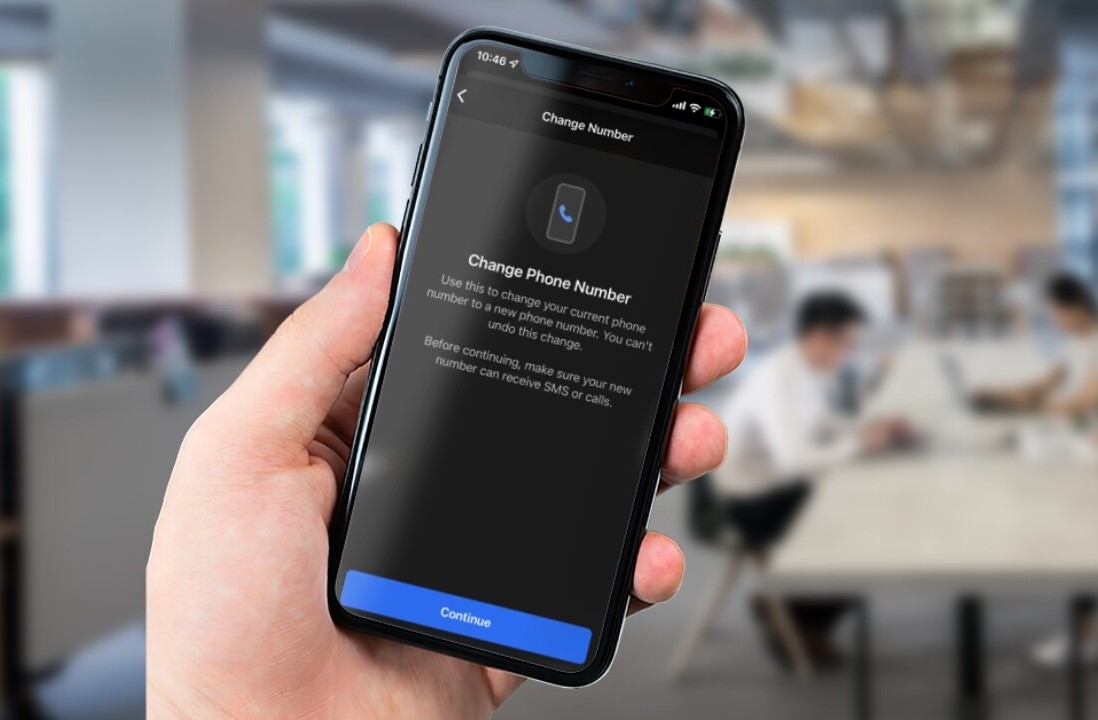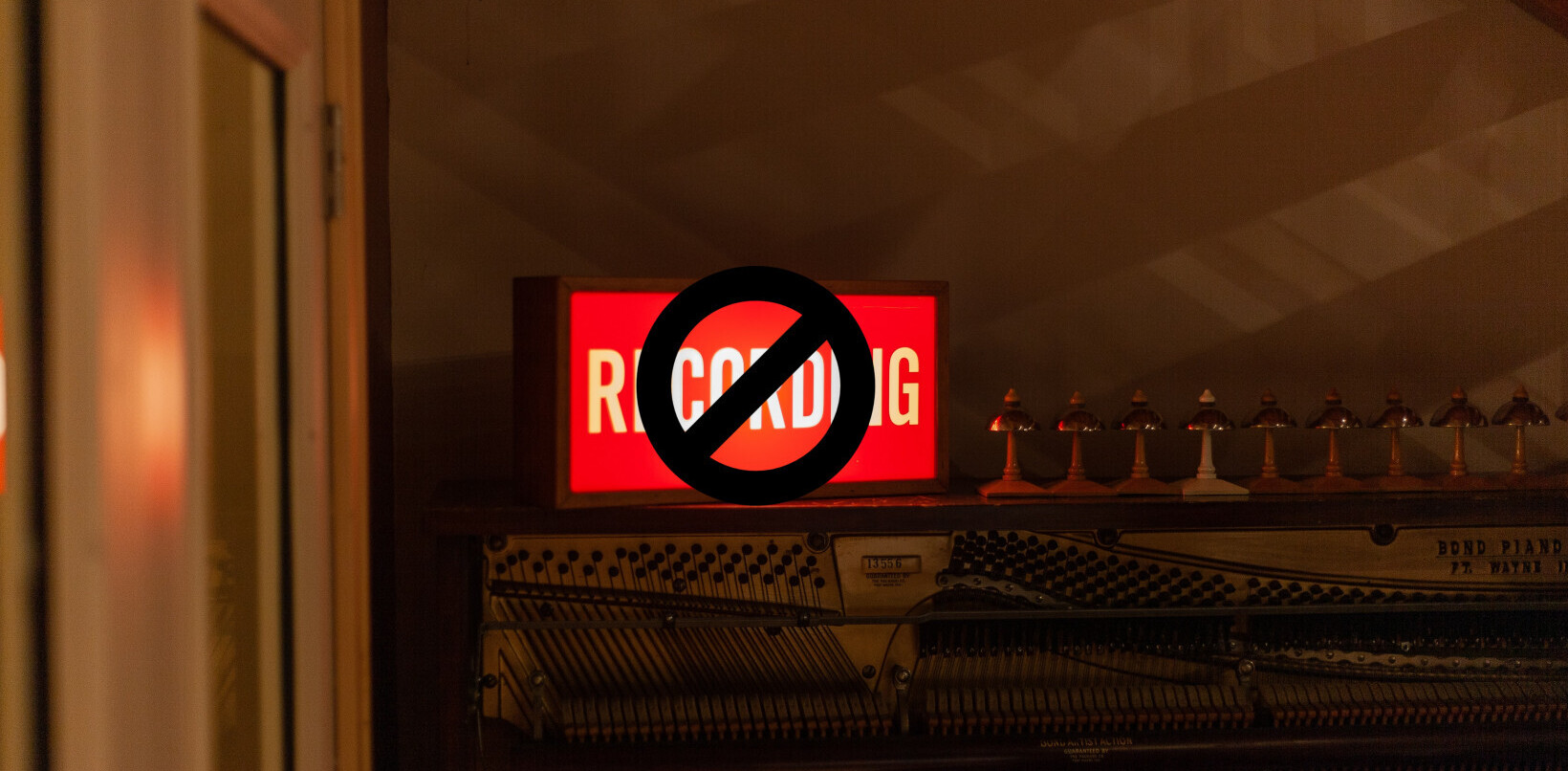
Last night, Reuters broke the news that Google, in response to a government order, was cutting ties with Chinese technology conglomerate Huawei. While the order is live, future devices from the company won’t have access to Google’s proprietary software – like Maps, the Google Play Store, and more.
This news is, frankly, devastating for Huawei. The company is the world’s second largest phone manufacturer. This is a feat the company has managed to accomplish while simultaneously avoiding the US market.
Huawei has achieved massive success in Europe, Africa, Latin America, and Asia. Through Honor, Huawei’s primarily youth-oriented sub-brand, the company is the top-selling phone manufacturer in Russia. It feels patently unfair that these customers should lose choice, all because of an economic cold war that their countries aren’t party to — and perhaps don’t even want.
But it’s interesting to talk about what happens next. I think there are two possible directions for Huawei.
The first is the least likely, given the intransigence of the Trump administration, especially when it comes to foreign policy and trade issues.
If Huawei could somehow satisfy the US government that it isn’t a security threat, perhaps by granting it an all-access pass to its code and R&D data, it could convince the Commerce Department to remove it from the “entity list” that prohibits US companies from doing business with it. In the case of ZTE, who found itself in similar hot water last year, it had to replace several senior staff and pay a $1 billion fine.
There’s another reason why I think that’s unlikely: although that would address Huawei’s short-term issues, it would still leave the company at the mercy of its US partners, and the whims of the US government. For a company that’s managed to carve an impressive slice of the European and Asian smartphone sectors, that’s an unacceptable risk.
No, what’s more likely is that Huawei will try and figure out how to maintain its business, while becoming independent of its US suppliers.
What does that mean? Well, in terms of software, it wouldn’t surprise me to see Huawei launch its own separately-maintained Android fork, where it has absolute control. The company already develops its own Google Play alternatives in China, namely the Huawei AppGallery. It wouldn’t be much of a stretch to see the company develop and market them for a European or Asian audience.
Huawei is probably the only company, besides perhaps Samsung, that’s able to re-imagine and re-design Android from scratch. It’s got the money, and crucially, it’s also got a small army of R&D workers who have the skills and vision to bring a post-Google Android to life.
This would be interesting because it’s almost certainly guaranteed to be successful. For starters, this would be a well-resourced effort, thanks to Huawei’s deep pockets. Huawei would also likely convince other Chinese manufacturers – like, for example, ZTE – to jump ship to an Android ecosystem where they’re in control.
And, for what it’s worth, there’s been rumblings that the company is working on alternatives to Android and Windows for a long time.
Statement from Huawei. The final paragraph seems to hint at plans to release its own smartphone operating system, which has been in development for several years pic.twitter.com/IJ4Wlyp3HL
— James Cook (@JamesLiamCook) May 20, 2019
There are some pretty major downsides to this, however. A schism in the Android ecosystem would likely weaken the platform, stifling innovation and giving consumers on either side of the fence a compromised experience. It’d be interesting to see if that manifests itself in things like vulnerability patching and software updates.
And for Huawei, it’d have to sacrifice much of its short-term growth, as it tries to create a brand new Android ecosystem. This would be a hard-fought slog, but arguably one the company is capable of winning.
Of course, it’s not just Google that’s currently prohibited from doing business with Huawei. It’s everyone, and that includes the big American chipmakers like Intel, Broadcom, and Qualcomm. This represents a trickier problem for Huawei. Although the company makes it own SoCs under the HiSilicon line, there’s some dependence on US suppliers. This is more keenly observed on its laptops, rather than its phones.
In the short term, the company has stockpiled enough chips to last it three months. I think, as the trade war between the US and China reached its nadir, Huawei saw the writing on the wall. It knew that it would become collateral damage. Its stockpile should give its business some continuity while it figures out alternatives.
In the medium-term though, that’s where things get tricky. Supply chains are incredibly difficult, and are often planned months in advance. Replacing components often requires radical hardware redesigns and software modifications. I honestly have no idea what’ll happen when Huawei runs out of imported chips. I wouldn’t be surprised if, at least briefly, the company drastically scales back its hardware efforts.
Fortunately for Huawei, China’s government is trying to move away from imported technologies. The country is currently touting an initiative called Made in China 2025, which will see it pivot from low-value, low-quality goods, to manufacturing complicated, domestically-designed products. These include things like robots, semiconductors, and even passenger aircraft.
China’s government is working hard to cut American companies out of its tech landscape. And given the current woes engulfing Huawei, you can’t really blame it, can you?
Get the TNW newsletter
Get the most important tech news in your inbox each week.





